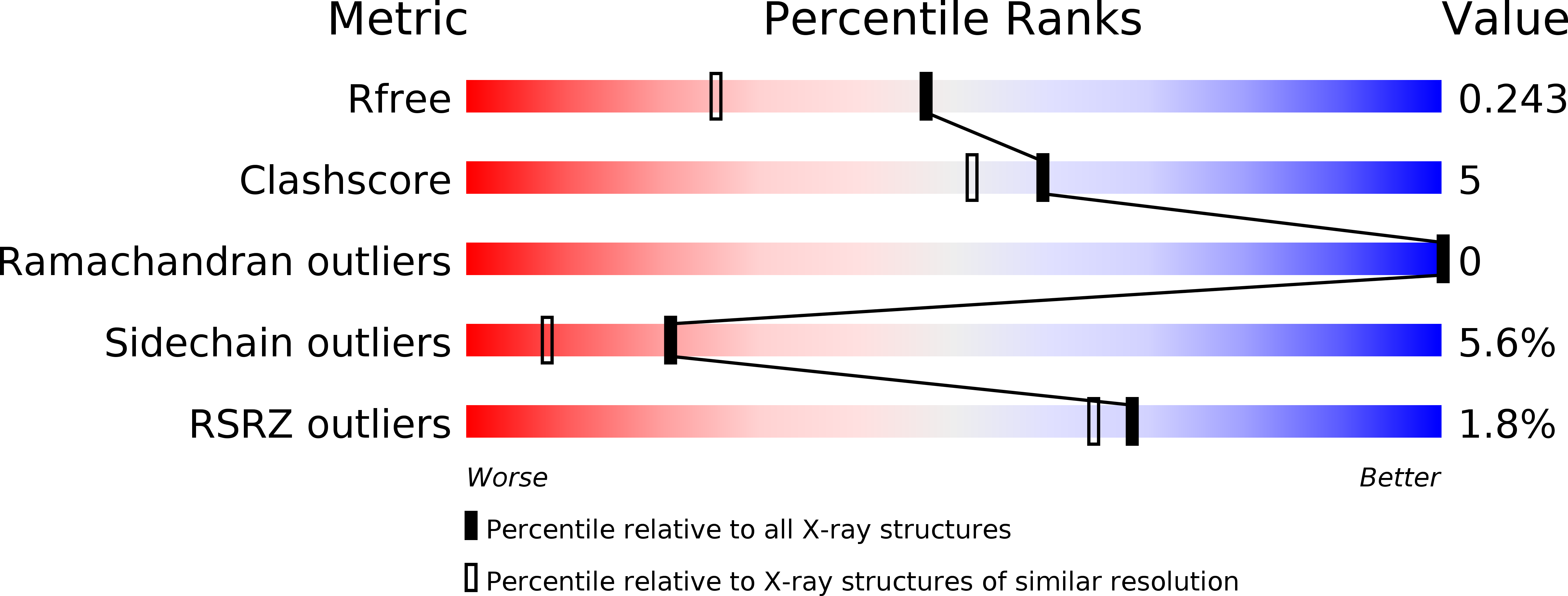
Deposition Date
2015-05-15
Release Date
2016-03-30
Last Version Date
2023-09-27
Entry Detail
PDB ID:
4ZU5
Keywords:
Title:
Crystal structure of the QdtA 3,4-Ketoisomerase from Thermoanaerobacterium thermosaccharolyticum, apo form
Biological Source:
Source Organism:
Thermoanaerobacterium thermosaccharolyticum (Taxon ID: 1517)
Host Organism:
Method Details:
Experimental Method:
Resolution:
1.80 Å
R-Value Free:
0.23
R-Value Work:
0.20
R-Value Observed:
0.20
Space Group:
P 4 21 2


